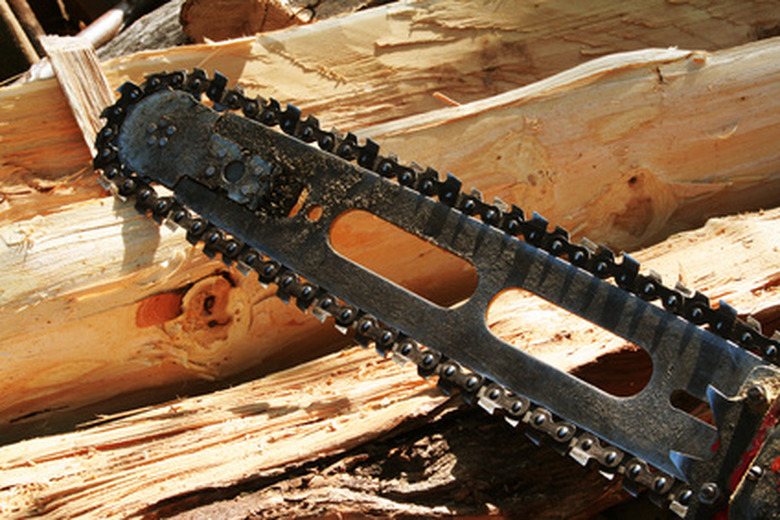Polonia Tree Firewood Facts
Native to China, where its light-colored "blond" wood was first used to make jewelry boxes for royalty, polonia (Paulownia tomentosa) is also known as the empress tree or royal paulownia. The wood today is prized for furniture and decorative paneling and construction, since it is lightweight and strong. Polonia trees grow in well-drained soils where winter temperatures drop down between +20 and -20 degrees Fahrenheit (U.S. Department of Agriculture hardiness zones 5 through 9). Polonia trees are naturalized "weedy" trees in the eastern U.S.
Tree Size
Mature polonia trees reach a height of 30 to 40 feet according to Dr. Michael Dirr, woody plant expert at the University of Georgia. The width of the leafy-branched canopy is no more than 30 feet.
Growth
This is a fast-growing tree. Once planted, 12 to 15 feet of vertical growth the first full growing season is expected, according to PaulowniaTrees.com. If an established tree is killed back by winter cold or is cut down, re-sprouting growth can skyrocket perfectly straight upward to 30 feet in a year. Farmers who grow polonia trees for harvest to sell as lumber typically space trees 16 to 20 feet apart for best growth.
- Native to China, where its light-colored "blond" wood was first used to make jewelry boxes for royalty, polonia (Paulownia tomentosa) is also known as the empress tree or royal paulownia.
- Polonia trees are naturalized "weedy" trees in the eastern U.S.
- Mature polonia trees reach a height of 30 to 40 feet according to Dr. Michael Dirr, woody plant expert at the University of Georgia.
Fuel Qualities
Even though it's lighter than oak wood, polonia wood does not ignite and burn at similar temperatures. The World Paulownia Institute comments that temps above 788 degrees Fahrenheit are necessary for polonia wood to combust. It is a fire-resistant wood compared to other common hardwood trees, which tend to burn around the range of 428 degrees Fahrenheit. Moreover, the Institute states polonia wood ranks low in thermal conductivity and acts as an insulator against both heat and cold.
Storage
Polonia wood air dries in 30 to 60 days and doesn't warp or split, as it has very straight grain. It is naturally resilient to termites and decay, although placing the wood directly on the soil does lead to rotting with time.
Considerations
Since polonia wood needs such high temperatures to burn in comparison to other hardwood trees native to North America, the felled wood is best used for woodworking or lumber. Smaller scraps of wood and bark are worth using as fuel for fire alongside other easier-to-burn logs. In the United States, polonia wood isn't widely traded or available except in the Mid-Atlantic where trees are harvested according to PaulowniaTrees.com. As of 2010, its lumber sells for $1 to $4 per board foot.
- Even though it's lighter than oak wood, polonia wood does not ignite and burn at similar temperatures.
- Since polonia wood needs such high temperatures to burn in comparison to other hardwood trees native to North America, the felled wood is best used for woodworking or lumber.
